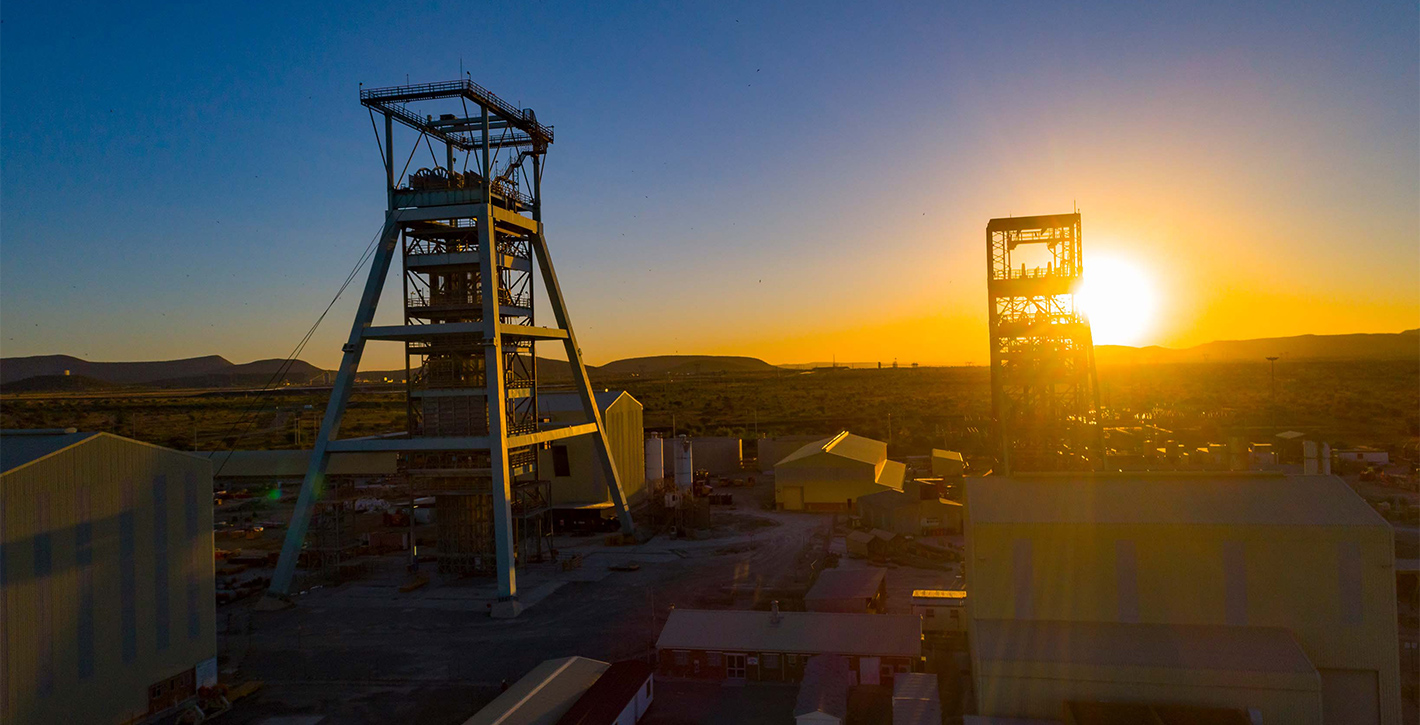Laid low by depressed prices, South Africa’s platinum group metals (PGM) sector still has restructuring on the cards that may lead to further job losses.
But the latest results season shows the industry has actually weathered the current downturn in the cycle surprisingly well by containing costs and trimming staff without triggering the labour unrest which has rocked it in the past.
Let’s start with Impala Platinum (Implats), which last week unveiled interim results. Its headline earnings for the six months to the end of December fell 43% to R1.8-billion and the company declared no interim dividend.
But it also posted adjusted free cash inflow of R639-million after net cash capital outflows of R4.8-billion in the comparable period the year before and has adjusted net cash of R6.7-billion.
The capital outflows in the previous period stemmed from Implats’ purchase of shares in Royal Bafokeng Platinum (RBPlat) as it completed its acquisition of the smaller company.
Costs have been flat after the company went through a restructuring exercise last year that reduced its headcount by 3,000 – about 5% of its labour force – but there were no forced retrenchments from that exercise which relied on early retirements, voluntary separations and not redeploying staff.
This was all done following talks with unions which did not see red.
The end result is that with cash on hand, Implats’ share price is up about 60% over the past 12 months – which is not bad going in the current cycle of depressed prices and is, in part, a reflection of the cash it has on hand which distinguishes the group from its peers.
Still, two of its assets – a Canadian mine and Marula on the northeast of South Africa’s platinum belt – are struggling and are on the line for possible restructuring.
Marula, several years ago, was slated for closure as community protests sparked by a soured deal with tribal authorities went pear-shaped, but the unrest eventually cooled and the mine returned to profit.
However, Implats CEO Nico Muller said last week that “geological complexity” had hit the asset’s production and margins.
It must be said that any restructuring at Marula is unlikely to trigger the ructions of the past as social unrest in the region has cooled in recent years, and Implats has a template for reducing staffing without pulling the trigger on involuntary retrenchments.
Platinum slump bites into Northam’s bottom line
Northam Platinum also unveiled interim results last week that were not bad when one considers the slump in platinum group metals (PGM) prices.
The rand price of its basket of PGMs was over 3% lower, and coming off an already low price base, that bites into the bottom line.
Northam’s headline earnings per share fell almost 50%, but it still paid an interim dividend even as its net debt levels tripled to R6.1-billion.
But the company, unlike its peers, has been pushing ahead with capital projects as it aims for more low-cost production to be ready when and if the PGM market turns around.
It’s a different strategy, but one that Northam sees paying off down the road.
“The world really needs PGMs, and that demand must be met primarily from sustainable mining operations,” Northam’s CEO Paul Dunne told journalists on Friday, 28 February after the company released its results.
Amplats sees a decline
Anglo American Platinum (Amplats) meanwhile saw its full-year headline earnings fall 40% as the rand price it fetched for its products in 2024 declined 13% compared with the previous year.
It had a net cash position of R17.6-billion, but the vast majority of that went into a special dividend as a parting gift to Anglo American ahead of Amplats’ planned demerger scheduled for June.
But given how far prices have fallen – rhodium’s price is 85% lower from its record highs scaled almost four years ago, and palladium’s price is about a third of what it was – South Africa’s PGM producers are not in bad nick.
Sibanye-Stillwater back in the black
Sibanye-Stillwater’s earnings showed it swung back into the black in 2024, but that was largely because of the performance at its gold operations, which have spun cash off red-hot prices.
Overall, producers expect the cycle to eventually turn in their favour amid signs that demand for hybrid vehicles is overtaking pure electric vehicles (EVs). This is a big deal as hybrid models require PGMs while EVs don’t use the metals at all.
There are also long-term hopes that hydrogen and other industrial applications that need the metals will underpin demand.
Producers are also betting that the hype around the phasing out of the internal combustion engine – which uses PGMs for emissions-capping autocatalysts – will prove to be premature.
If prices were to remain depressed at these or lower levels for the next couple of years, then the sector would really be in trouble. But if the bottom has been reached, then South Africa’s PGM producers seem to be poised to reap the benefits of any rebound in prices. DM





